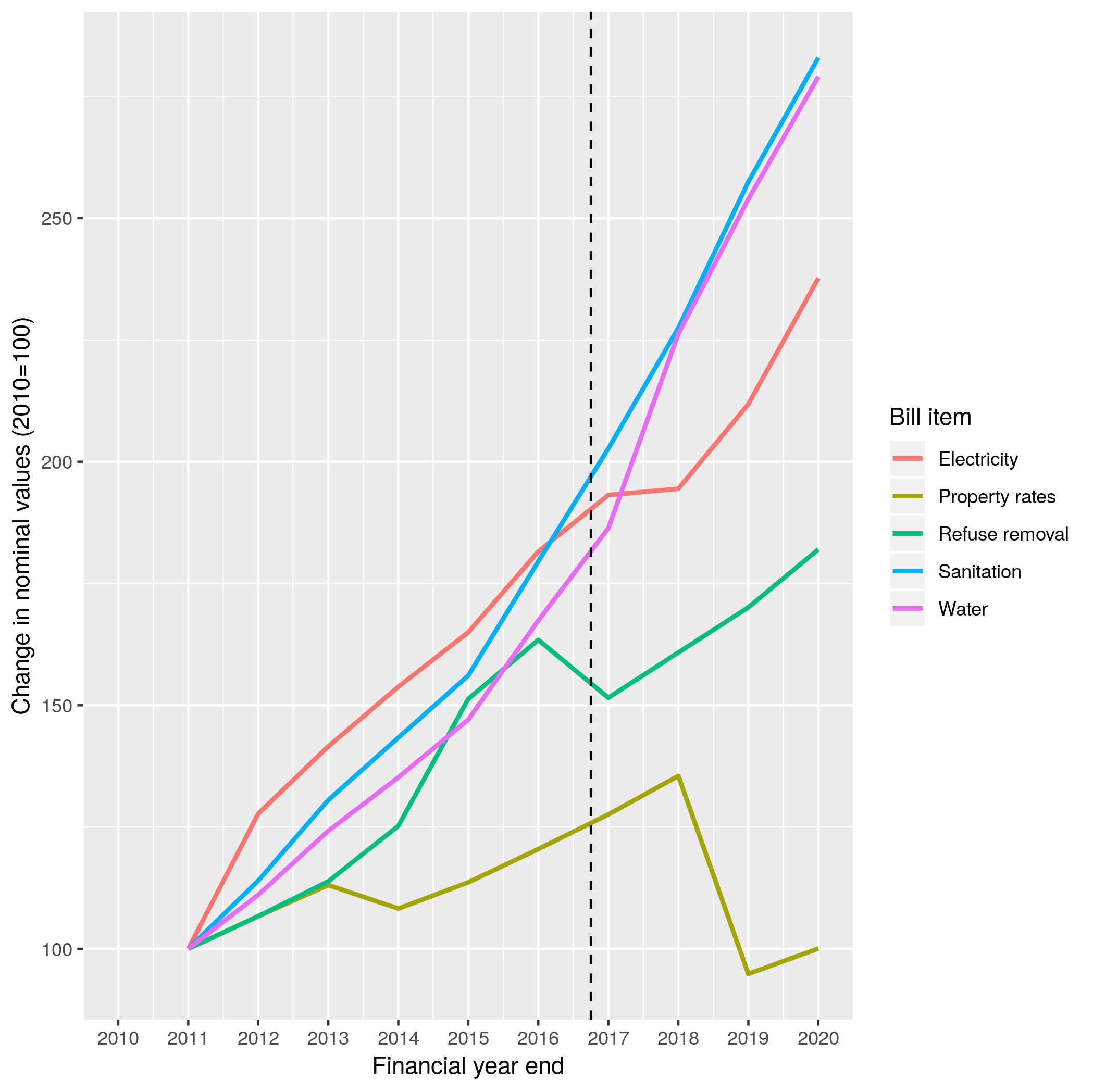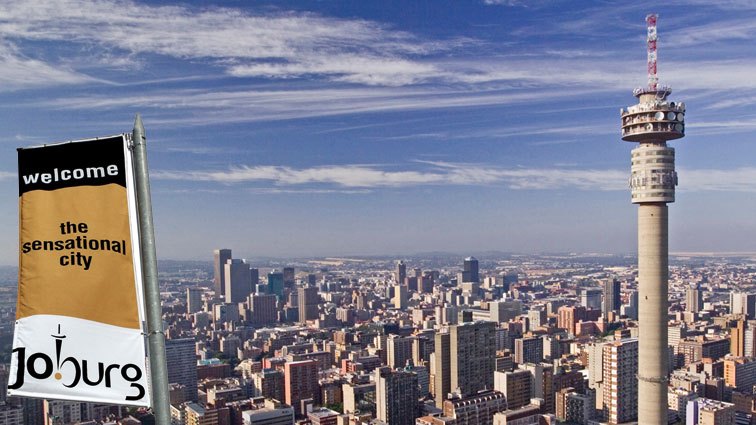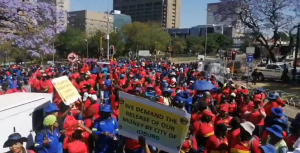The City of Johannesburg (CoJ) recently announced its intention to impose a raft of rate and service charge hikes. These increases are due to be implemented in the second half of the 2019.
Without exception the hikes all exceed the inflation rate and represent a significant inroad into household sustainability.
With the exception of a brief period around the 2016 Local Government the cost of services in Johannesburg have consistently risen faster than the inflation rate.
A large part of the increases can be attributed to the rapidly rising cost of bulk services like electricity purchased from Eskom and water supplies from Rand Water.
Nersa (the national electricity regulator) had granted Eskom the right to raise electricity charges by 14%. The CoJ has now proposed that electricity tariffs rise by just over 12.2%.
The increase proposed by CoJ is slightly lower than the increase in Eskom charges.
Currently bulk purchases amount to 75% of the revenue the CoJ gets from electricity sales. There is no clear reason why the cost of maintaining infrastructure, billing etc. should rise beyond the inflation rate and a 11% hike in electricity charges would accommodate the Nersa increase and a inflation-based increase for the other electricity charges.
Since 2010 the cost of electricity for a modest Johannesburg household has increased by approximately 140%. In 2010 a modest household paid R870 a month for electricity and that household will now be charged R2100 for the same amount of electricity.
The cost of water and sanitation services have risen even faster. Modest households will, after the latest increase, be paying 180% more for water than they did in 2010.

Just as Eskom charges have been rising rapidly so too has the price of bulk water purchased from Rand Water. However increases in bulk water charges cannot be blamed for the increase in sewerage services. These have nevertheless also increased by 180% since 2010.
After the proposed increase Johannesburg households will face service bills at least 2.5 times that of 2009/10. Property rates have ameliorated the impact of rising service charges. Modest households (i.e. those living in a dwelling valued at R700 000) enjoyed a respite in rates payments after the 2017/18 financial year.
In the first budget of the coalition government installed after the 2016 Local Government Election (2018/19) the rates bill of modest households dropped by approximately 30%. While subsequent increases have eroded that ‘holiday’ property rates for modest households have now risen to their 2010 levels. (This still reflects a ‘real’ decline in property rates as inflation has eroded the value of the Rand since 2010.)
The period around local government elections correspond to increases that approximate the inflation rate. This is due to the reluctance of City administrators to alienate voters in the run up to elections.

Unfortunately the dividend associated with electoral competition is short lived. The current DA-led administration in Johannesburg has now been responsible for three budgets (including that resulting in the proposed increases).
The first budget passed by it was for 2018/19. Since then the cost of municipal services for a modest household has increased by 24%.
Despite the initial massive drop in rates the total municipal bill for modest households (i.e. services and rates) have increased by 19%. During this period the purchasing power of the Rand has declined by about eight percent.
In recent years two factors have contributed massively to hardships faced by South African households. These are
1) Food price inflation: Food prices increases have outstripped the general inflation rate for some years now, and
2) Increases in administered prices: Administered prices are those prices that are set by government agencies and not by the market. Included in administered prices are license fees, the cost of bulk services and municipal service charges.
The latest proposals by the CoJ suggest that changing political orders at local government level offers households little respite from price gouging by administrators.
These administered prices have tended to rise far more rapidly than the CPI ensuring that households that pay for services are getting poorer even in their income increases in line with inflation.
Unfortunately the trend demonstrated by CoJ is repeated in municipalities across the country. While rapidly rising administered prices have become a standard feature of household experience the latest proposals come on the back of a recession, ever rising unemployment and an increasingly precarious economic situation.
How is it that talk show hosts became the priests of the 21st century?






